
Review on Seagate Barracuda 4 TB ST4000DM004 hard drive by Adam Joks ᠌

Disappointed with the purchase, useless products.
dishonest business. Hard drive producers employ SMR technology (Shingled Magnetic Recording, sometimes known as "tiled magnetic recording") to boost data recording density, enabling them to fit more data on each hard drive platter. It differs significantly from the more well-known CMR and PMR recording methods in terms of its characteristics. Information is recorded on parallel tracks using CMR (Conventional Magnetic Recording, also known as "ordinary magnetic recording") and PMR (Perpendicular Magnetic Recording, also known as "perpendicular magnetic recording"). SMR, as suggested by its name, layers data tracks like roof tiles, one on top of the other with some overlap. This aspect of SMR really makes it possible to enhance recording density, but it has the unintended consequence of slowing down data rewriting. This setting is crucial for many file servers, making SMR disks incompatible with them. Drives that employ this technology are typically utilized in storages where the information does not need frequent or routine access. Although they are aimed at general consumers and user-level NAS server use, SMR is also present in Barracuda ST2022DM008 (2 TB/7200 rpm), ST4000DM004 (4 TB/5400 rpm), ST8000DM004 (8 TB/5400 rpm), and Desktop ST5000DM000 (5 TB/5900 rpm) hard drives. However, this information is not included in their official paperwork. SMR is utilized in the aforementioned drive models, according to Seagate representatives who spoke with Blocks & Files experts. However, they declined to comment on the absence of SMR from official documents.
- Technology SMR
New products
Comments (0)
Top products in 🧰 Computer Internal Components

Unleash High-Performance with AMD Ryzen 5 3600XT Processor & Wraith Spire Cooler

223 Review
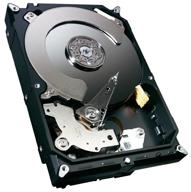
Seagate Barracuda 1TB HDD ST1000DM003

93 Review
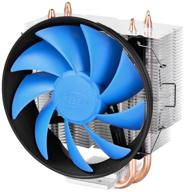
Deepcool GAMMAXX 300 CPU cooler, silver/black/blue

166 Review
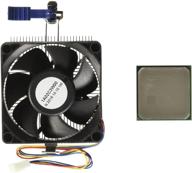
💪 AMD FD6300WMHKBOX FX-6300 Black Edition: 6-Core Processor with Unparalleled Performance

134 Review
Another interesting products
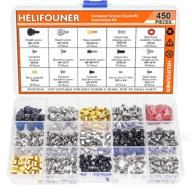
🖥️ Helifouner 450-Piece Computer Standoffs Spacer Screws Kit: Ideal for Hard Drive, Motherboard, Fan, Power Graphics & Computer Cases

10 Review
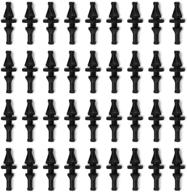
36-Pack Black Rubber PC CPU/Case Fan Screws/Rivets Set for Computer

11 Review
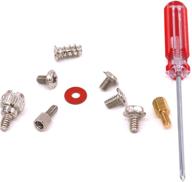
Glarks 660 Pieces Phillips Assortment Motherboard

10 Review
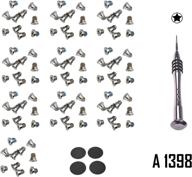
🔧 Premium Repair Replacement Screws & Tools for MacBook Pro Retina 15"/13" - Complete Bottom Case Set

10 Review

